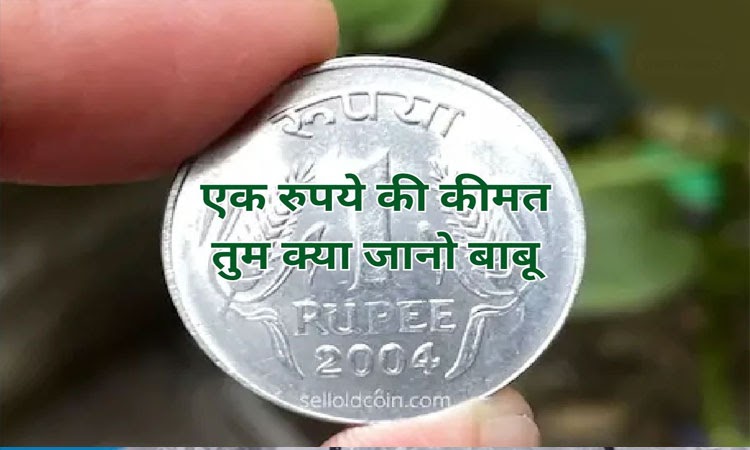The government has to spend Rs 1.11 in making a coin of one rupee. This means that the government has a loss of about 11 paise on making every coin.
Also know the cost of other coins
Not only a coin of 1 rupee, the cost of the remaining coins is also not a complete deal for the government.
- 2 rupee coin: Cost Rs 1.28
- 5 rupee coin: Cost Rs 3.69
- 10 rupee coin: Cost Rs 5.54
All these coins are made in the mints of the Government of India, including the mints of Mumbai and Hyderabad.
What is the texture of 1 rupee coin?
A coin of 1 rupee is made from stainless steel. It weighs 3.76 grams, diameter 21.93 mm and thickness 1.45 mm. It is durable and lasts for years. For this reason, the government maintains it in trend despite a loss.
Printing of notes is a profitable deal
Printing of notes is far more beneficial for the government than coins. All coins including 1 rupee notes are under the government under the government, while RBI is responsible for printing notes from 2 to 500 rupees.
Expenses in printing of notes
- Cost on printing 1000 notes of Rs 100: Rs 1770 (1.77 per notes)
- 1000 notes of 200 rupees: Rs 2370 (2.37 per notes)
- 1000 notes of 500 rupees: Rs 2290 (2.29 per notes)
This means that it takes just Rs 2.29 to print a 500 rupee note, but its value is 500 rupees.
Why coins are made despite losses?
However, some coins suffer losses to the government, yet they are made. The reason for this is that coins last long and maintain stability in the currency system. At the same time, the notes have to change after a few years. This makes it clear that currency construction is not only on cost, but on the basis of strategic and commercial thinking.
Shocking mathematics
This mathematics of the currency system is definitely shocking, but the thinking behind it is long -term and strategic. The next time you see a coin of 1 rupee, you can smile knowing that it is expensive by the government as it is.
